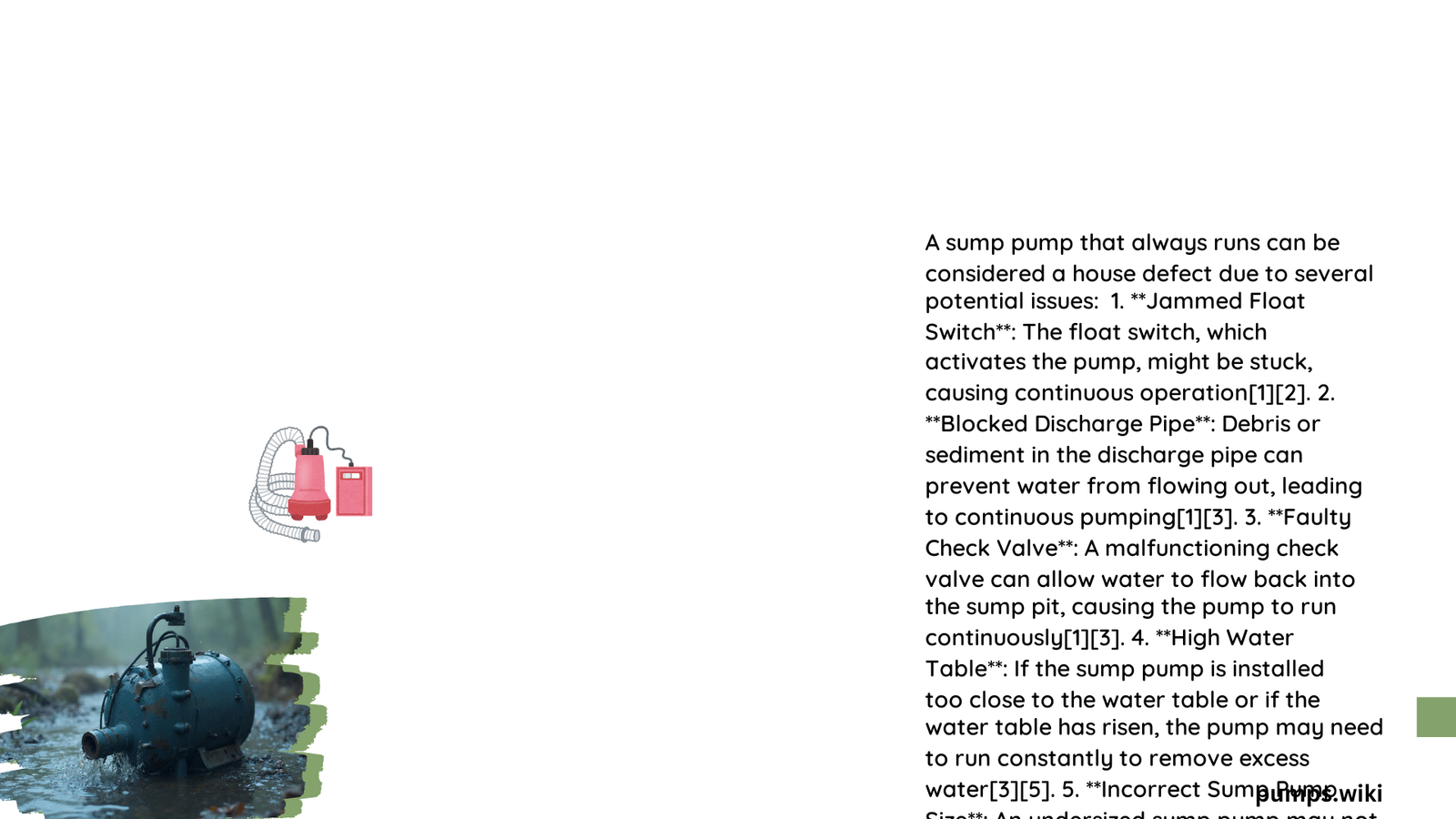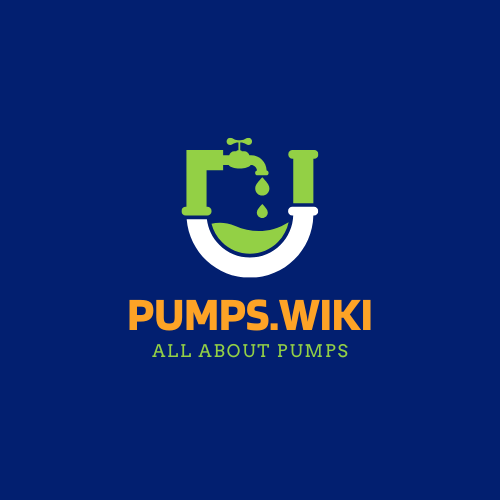A sump pump that runs continuously signals potential underlying structural and water management problems in a home. This persistent operation indicates serious issues like underground leaks, float switch malfunctions, or high water table conditions that can compromise foundation integrity, waste energy, and potentially lead to significant water damage if left unaddressed.
What Causes a Sump Pump to Run Constantly?
Are Underground Water Sources Triggering Continuous Pump Operation?
Underground water sources can dramatically impact sump pump performance. Several critical factors contribute to constant pump operation:
Primary Causes of Continuous Sump Pump Running
- Water Table Proximity
- High groundwater levels
- Proximity to underground springs
-
Seasonal water table fluctuations
-
Structural Water Intrusion Mechanisms
- Cracked foundation walls
- Inadequate exterior drainage
- Compromised waterproofing systems
How Do Float Switch Failures Impact Pump Performance?
Float switch malfunctions represent a significant mechanical failure that can cause continuous pump operation. Key indicators include:
| Failure Type | Symptoms | Potential Consequences |
|---|---|---|
| Mechanical Jamming | Constant motor running | Premature pump failure |
| Electrical Malfunction | Inconsistent water level response | Increased energy consumption |
| Physical Damage | Erratic pump cycling | Potential basement flooding |
What Are the Structural Risks of Continuous Sump Pump Operation?
Continuous sump pump operation poses substantial risks to home infrastructure:
- Foundation Degradation
- Increased hydrostatic pressure
- Potential structural weakening
-
Long-term concrete deterioration
-
Water Damage Potential
- Moisture accumulation in basement
- Potential mold growth
- Compromised insulation and building materials
Can Energy Consumption Reveal Sump Pump Problems?
Energy consumption provides critical insights into sump pump functionality:
Energy Consumption Calculation Example
A typical 300-watt sump pump running continuously for 24 hours consumes:
[
\text{Daily Energy Consumption} = \frac{300 \times 24}{1000} = 7.2 \text{ kWh}
]
At an average electricity rate of $0.15/kWh, this translates to:
[
\text{Daily Cost} = 7.2 \text{ kWh} \times \$0.15 = \$1.08
]
How Should Homeowners Address Continuous Sump Pump Operation?
Recommended diagnostic and maintenance strategies include:
- Professional hydraulic system inspection
- Comprehensive float switch evaluation
- Discharge pipe and valve system assessment
- Underground water source investigation
Expert Recommendations for Sump Pump Maintenance

- Conduct quarterly system inspections
- Test pump functionality regularly
- Monitor water levels and pump cycling
- Maintain clean sump pit environment
- Replace components showing wear signs
Potential Repair and Replacement Costs
| Component | Replacement Cost Range |
|---|---|
| Float Switch | $20 – $50 |
| Check Valve | $20 – $100 |
| Complete Pump System | $200 – $1,000 |
Conclusion
A sump pump that always runs is more than an operational inconvenience—it’s a potential house defect signaling critical water management issues. Proactive monitoring, professional assessment, and timely interventions can prevent extensive structural damage and maintain home integrity.
